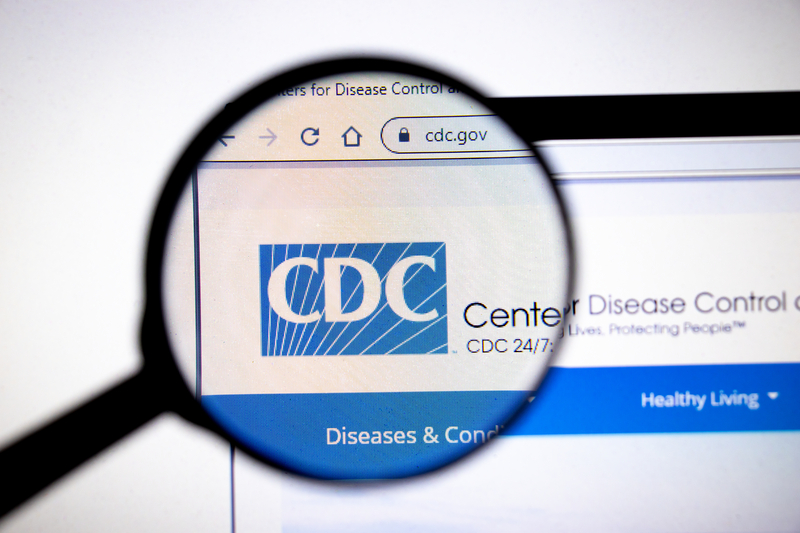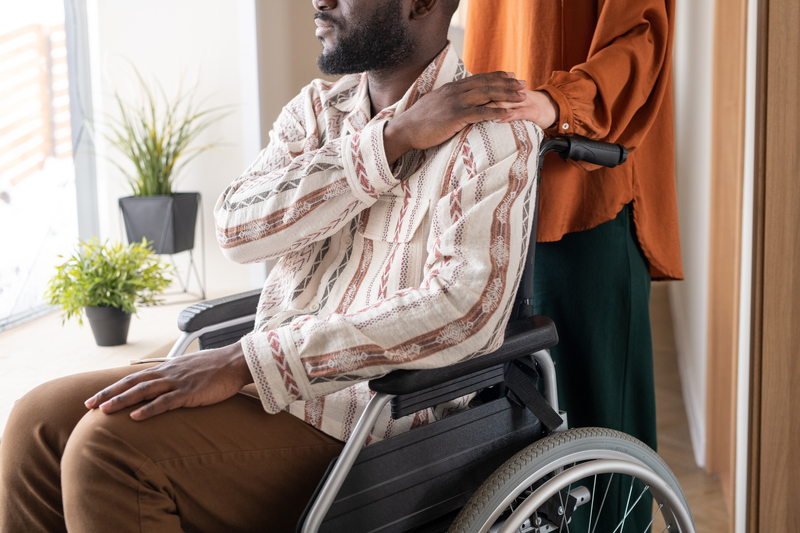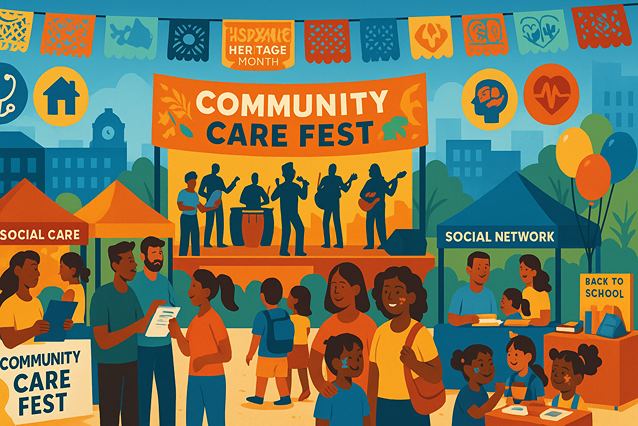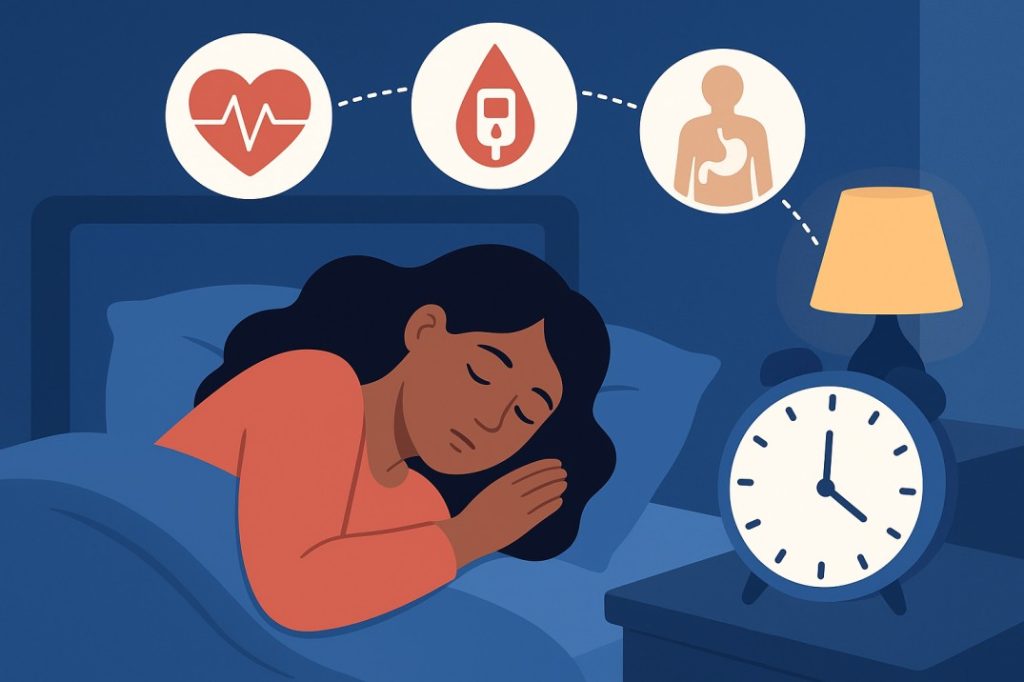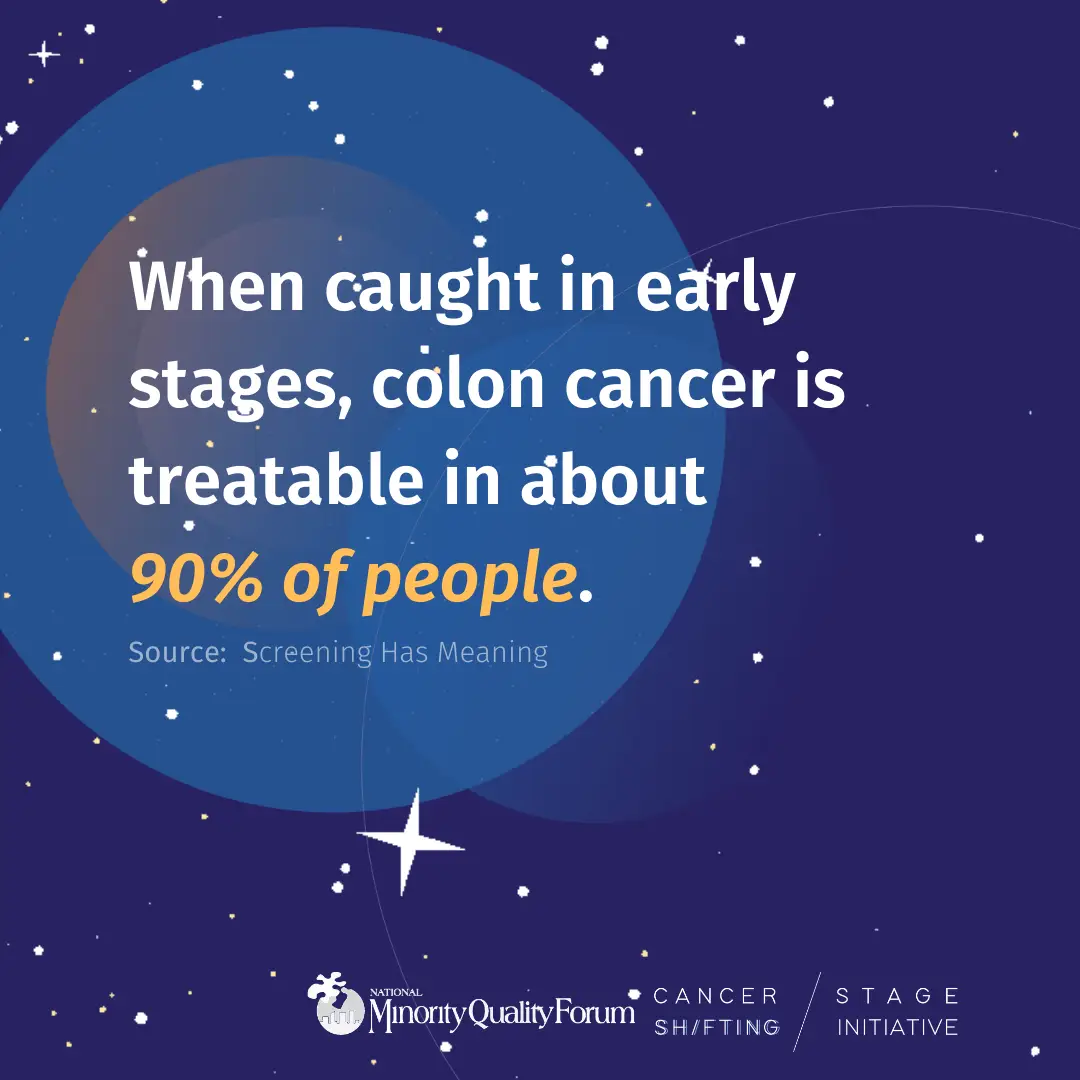- By Jessica Wilson

Epilepsy is one of the most common neurological conditions worldwide, affecting more than 3 million people in the United States. But behind the overall numbers lies a persistent and troubling reality: Black and Brown communities experience epilepsy—and its outcomes—very differently than their white counterparts. These disparities are not rooted in biology, but in inequities across healthcare access, diagnosis, treatment, research, and social determinants of health.
Higher Rates, Later Diagnoses
Studies show that Black Americans are more likely to be diagnosed with epilepsy, yet often receive that diagnosis later in the course of the disease. Delayed diagnosis means more uncontrolled seizures, greater risk of complications, and a higher chance of living with preventable disability. In Latino communities, language barriers, limited specialist availability, and insurance challenges can also contribute to delayed or incomplete assessments.
Barriers to Specialty Care
Epilepsy care is highly specialized. Access to a neurologist—and even more so, an epileptologist—dramatically improves patient outcomes. But Black and Brown patients are less likely to receive:
- Timely referrals to neurologists
- Advanced testing, such as EEG monitoring or imaging
- Surgical evaluations, even when surgery could cure or dramatically improve their epilepsy
- Access to newer medications, which are often more effective with fewer side effects
These gaps are not due to patient preference, but to structural barriers such as limited neurologists in predominantly minority communities, insurance coverage disparities, and systemic bias within healthcare systems.
Underuse of Life-Saving Treatments
Epilepsy surgery and neuromodulation therapies (like VNS or RNS) can significantly reduce or stop seizures in patients whose epilepsy does not respond to medication. However, research consistently shows that Black and Hispanic patients are referred for surgery less often, evaluated later in disease progression, and/or offered fewer treatment options.
This underuse leads to more severe, uncontrolled epilepsy—impacting quality of life, employment, independence, mental health, and long-term neurologic outcomes.
Social Determinants of Health Play a Major Role
Epilepsy outcomes are shaped by more than medical treatment. Social conditions that disproportionately affect Black and Brown communities create additional layers of risk:
- Limited access to transportation, making it harder to attend frequent appointments
- Higher economic instability, which can affect medication adherence
- Lower access to comprehensive insurance coverage
- Environmental stressors, which can trigger seizures
- Stigma within communities, where misunderstandings about epilepsy may reduce support or delay seeking care
These factors compound over time, creating significantly worse outcomes for many people of color living with epilepsy.
Intersection of Racism and Epilepsy Care
Implicit bias, medical mistrust, and historical inequities in health systems influence patient-provider interactions. Black patients are more likely to have their symptoms dismissed or minimized, while Latino patients may face communication barriers or assumptions about adherence. These experiences not only delay treatment but also erode trust in the very systems meant to provide care.
Pathways Toward Equity
Reducing epilepsy disparities is possible—and already underway in some regions. Key strategies include:
1. Expanding Access to Neurologists
Investing in telehealth, mobile clinics, and specialist outreach programs can connect underserved communities to expert care.
2. Improving Provider Education
Training clinicians to recognize and address bias can improve diagnostic accuracy and trust.
3. Increasing Representation in Research
Recruiting and retaining Black and Brown participants in clinical trials ensures treatments reflect real-world populations.
4. Strengthening Insurance and Medication Access
Policies that reduce cost barriers and expand Medicaid coverage directly improve seizure control and quality of life.
5. Community-Driven Awareness
Partnering with Black and Latino community leaders, churches, advocacy groups, and media increases cultural understanding and promotes earlier care-seeking.
6. Empowering Patients
Providing culturally and linguistically appropriate educational materials helps families recognize symptoms and navigate the healthcare system.
A Call for Health Equity
Epilepsy does not discriminate, but healthcare systems often do. The disparities faced by Black and Brown communities reflect broader inequities in access, treatment, and trust. Achieving true equity requires addressing the full spectrum of systemic barriers—from policy change and research reform to culturally centered care and community empowerment.
Epilepsy care should never depend on race, language, zip code, or income. Closing these gaps is not only a medical priority—it is a public health imperative and a matter of justice.
Trending Topics
Features
- Drive Toolkit
Download and distribute powerful vaccination QI resources for your community.
- Health Champions
Sign up now to support health equity and sustainable health outcomes in your community.
- Cancer Early Detection
MCED tests use a simple blood draw to screen for many kinds of cancer at once.
- PR
FYHN is a bridge connecting health information providers to BIPOC communities in a trusted environment.
- Medicare
Discover an honest look at our Medicare system.
- Alliance for Representative Clinical Trials
ARC was launched to create a network of community clinicians to diversify and bring clinical trials to communities of color and other communities that have been underrepresented.
- Reducing Patient Risk
The single most important purpose of our healthcare system is to reduce patient risk for an acute event.
- Subash Kafle
- Jessica Wilson
- Subash Kafle




